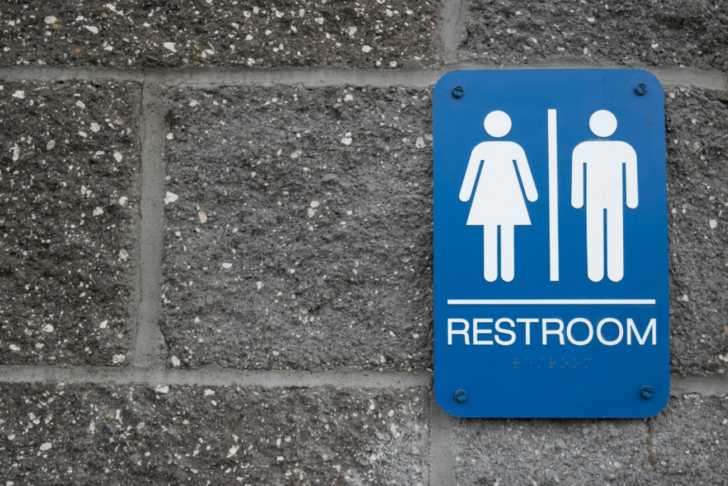Is Incontinence Getting In The Way Of Your Fitness Goals?
With some targeted training, you can enjoy an active lifestyle.

Do you plan your runs or walks along a route with the most bathrooms? There’s nothing worse than an unexpected urge to pee in the middle of your workout. Exercise is actually a great way to help in the fight against stress-induced incontinence – that squirt of urine that leaks out during certain actions, like laughing, sneezing, or during exercise. Work with your doctor to discuss your options for how to manage this issue and still achieve your daily fitness goals. Surgery is one way to take care of the issue, but you can start by trying some non-surgical approaches to incontinence.
Your bladder is a muscle, so it’s possible, in addition to working out your arms, abs, and legs, to make this muscle and the surrounding muscle groups stronger, thus staunching any undesired and unexpected gush or flow of urine during your next workout. Exercise can put stress on the bladder area and pelvic floor, an area made weak for many women due to childbirth or age; this is not just a women’s issue, as men are also susceptible to incontinence. Don’t worry about looking silly or feeling embarrassed doing these exercises; most of them do not look like anything more than a toning and strengthening exercise, and not like something of a more personal nature.

A combination of exercises, food, and fitness choices can help you manage incontinence.
Try exercises that focus on strengthening your pelvic floor and surrounding muscles.
Kegels are frequently recommended but you can also add resistance bands or an exercise ball to target these muscle groups is a simple, and not obvious, way to work on strengthening the muscle groups related to incontinence. Certain squats and abdominal contractions can also help build strength.
Avoid problem foods.
Certain dietary changes may help you in the long-term to manage issues with incontinence. Spicy foods or fruits high in citrus are triggers for incontinence. Instead, focus on more fresh vegetables and foods high in fiber. It is important to stay hydrated, but think about managing your fluid intake just before your workout, and make sure that you go to the bathroom before you exercise. Stay away from caffeinated beverages because they are known diuretics (meaning: caffeine makes you pee more).
Try new activities.
Swimming, yoga, or biking are activities that put a little less stress on your pelvic floor. And be sure to add strength training, if and when possible. Don’t give up on exercise. This is something that can be managed, with a little teamwork between you, your doctor, and your exercise plan.
Always consult with your healthcare provider before starting a diet and exercise program.
SKM: below-content placeholderWhizzco for CRH

